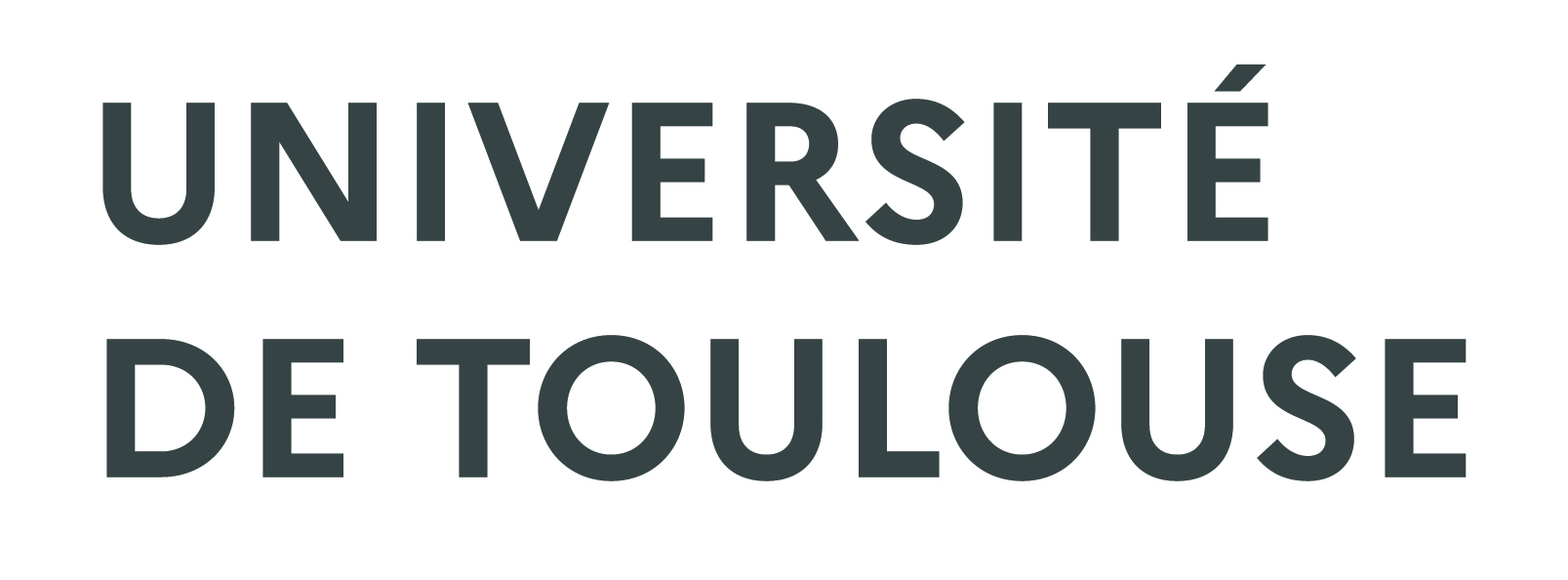Influence of parameter variation intervals on pyrolysis sensitivity analysis for charring and non-charring materials
Résumé
This study applies the Morris method for a sensitivity analysis to evaluate the input parameters’ influence on the heat release rate in a pyrolysis model, focusing on two materials, poly(methyl methacrylate) (non-charring) and poly(vinyl chloride) (charring), examined under a cone calorimeter. A key aspect of our exploration was the role of input parameter variation intervals on the sensitivity outcomes. We analyzed three interval-setting methods: 1. A standard ±10% deviation from the nominal value, commonly used in the literature. 2. A range determined by the experimental uncertainties for individual parameters. 3. A span from minimum to maximum values found in existing literature for each parameter. Our intensive literature review supported the framing of intervals for the latter two methods. Our findings underscore the critical role of the selected variation interval. Specifically, while a uniform ±10% variation identified activation energies as the primary influencers—consistent with prior literature—the introduction of experimental uncertainties shifted this prominence toward heats of reaction. Thus, the selected interval can drastically reshape the perceived importance of certain parameters. This original work challenges the traditionally employed variation ranges in sensitivity studies, emphasizing the need for a nuanced approach.

